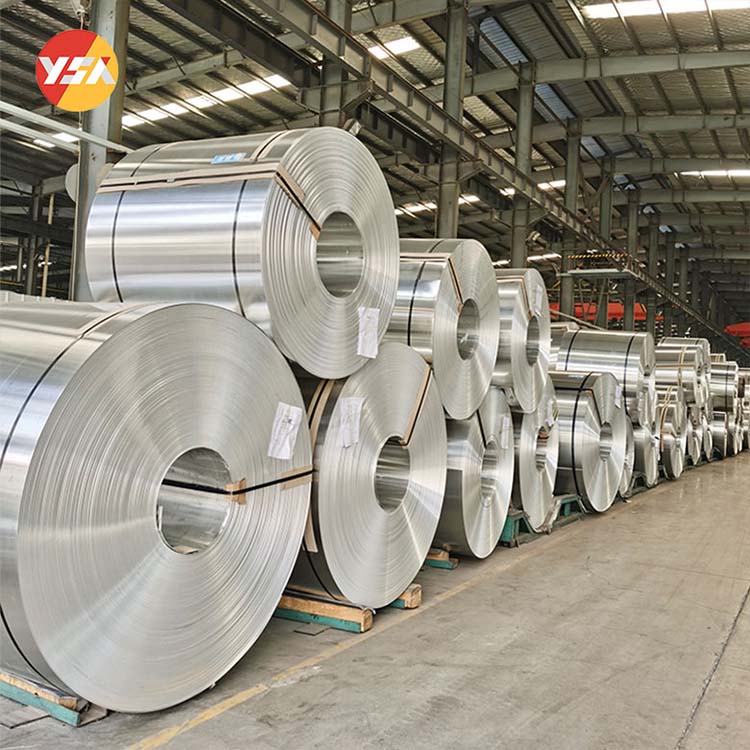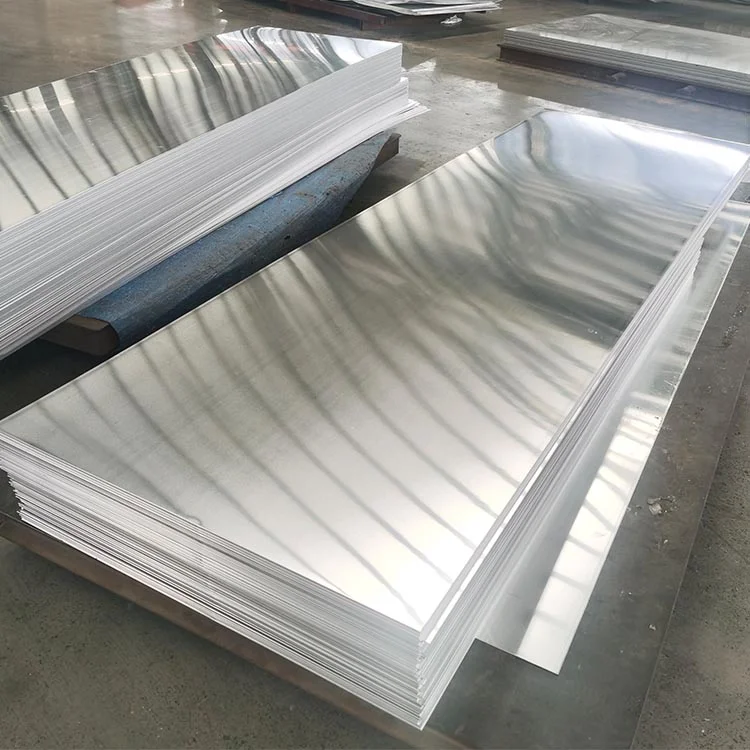The resurgence of U.S. tariffs under the Trump administration, coupled with ongoing geopolitical tensions, has reignited uncertainty for China’s aluminum export sector.
With products like aluminum sheets, strips, discs, color-coated aluminum, and aluminum foil containers directly facing higher trade barriers, Chinese manufacturers must navigate volatile currency fluctuations (e.g., Mexican peso falls as Trump’s tariff threats raise USD/MXN), cost pressures, and supply chain reconfigurations.
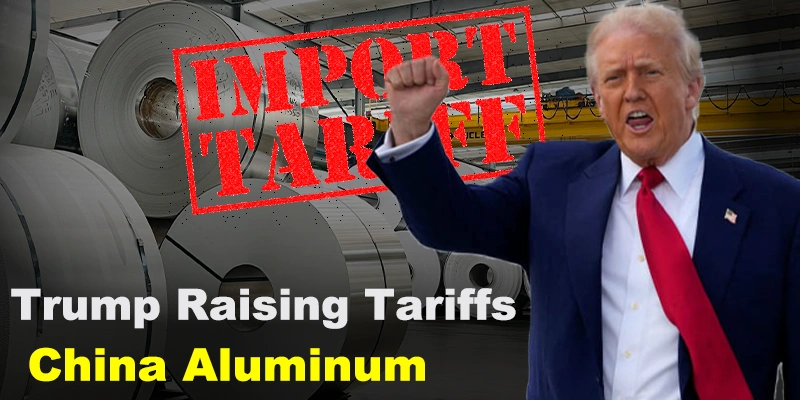
This article examines the cascading effects of tariffs on pricing, government revenue (tariffs are designed to raise money for the government), and strategic responses for businesses.
Trump’s Tariff Threats: Trade War
Trump’s proposed 60%+ tariffs on Chinese imports, announced during his 2024 campaign, explicitly target industries like steel and aluminum. Unlike Biden’s cautious adjustments to Section 301 tariffs (did Biden raise tariffs? Yes, but selectively), Trump’s approach prioritizes rapid revenue generation (tariffs are designed to raise money for the government) and voter-centric protectionism. For aluminum products like:
- Aluminum sheets/strips (used in automotive and construction)
- Circular discs (for cookware and electronics)
- Color-coated aluminum (a premium export for architectural cladding)
- Foil containers (food packaging reliant on cost efficiency)
Tariffs directly squeeze margins, forcing exporters to either absorb costs or risk losing market share.
Trump’s stance on trade tariffs has already influenced currency markets. The Mexican peso (MXN) weakened following his threats of imposing 60% tariffs on Chinese goods, raising concerns about a spillover effect on other emerging markets. A stronger USD/MXN exchange rate signals investor anxiety over potential trade wars, which could indirectly impact China’s aluminum exports by increasing global market volatility.
Will Tariffs Raise Prices for U.S. Consumers
Historically, tariffs lead to higher import costs, which are often passed on to consumers. For aluminum sheet, foil, and discs, U.S. manufacturers reliant on Chinese imports may face supply chain disruptions and price surges. According to industry analysts, tariffs of 10-25% could increase end-product costs by 5-15%, affecting industries from packaging to construction.
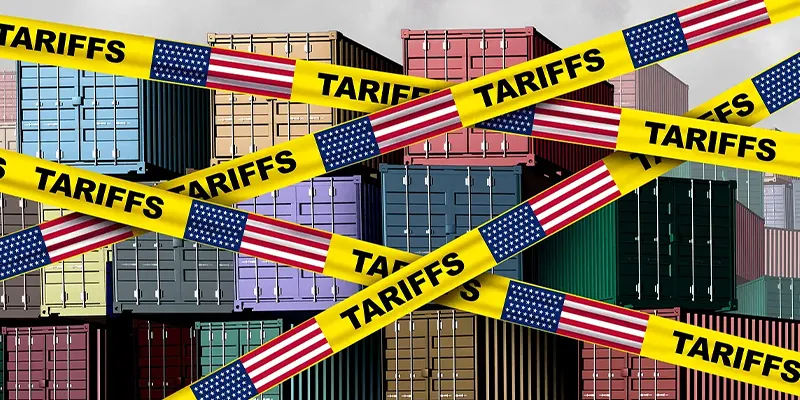
Did Biden Raise Tariffs?
While Biden maintained most Trump-era tariffs, his administration focused on strategic exemptions for certain products. Unlike Trump’s broad-based approach, Biden’s policies were more targeted, avoiding drastic market shocks. However, if Trump returns with even higher tariffs (up to 60%), China’s aluminum sector could face unprecedented challenges.
How Tariffs Affect China’s Aluminum Exports
China is the world’s largest producer of aluminum sheet, strip, and foil, accounting for over 50% of global supply. The U.S. is a key market, particularly for high-precision aluminum products used in aerospace, automotive, and electronics.
Impact of Tariffs: Higher tariffs make Chinese aluminum more expensive compared to alternatives from India, Vietnam, or Mexico.
U.S. buyers may seek alternative suppliers, forcing Chinese exporters to pivot to emerging markets like Africa and Southeast Asia.
Color-coated aluminum is widely used in construction for roofing, cladding, and insulation. The U.S. construction boom has driven demand, but tariffs could:
- Slow U.S. infrastructure projects due to cost inflation.
- Chinese suppliers to focus on domestic and non-U.S. markets.
China dominates aluminum foil container exports, supplying 70% of U.S. food service packaging. If tariffs rise:
- U.S. restaurants and food chains may face higher packaging costs.
- Chinese manufacturers could lose market share to local U.S. producers or Mexican suppliers.
What Does Raising Tariffs Do
While tariffs generate government revenue, their primary purpose is often protectionist. The U.S. Treasury collected $85 billion in tariffs (2023), but economists argue that consumers bear the cost through higher prices. And trade wars hurt long-term growth by disrupting global supply chains.
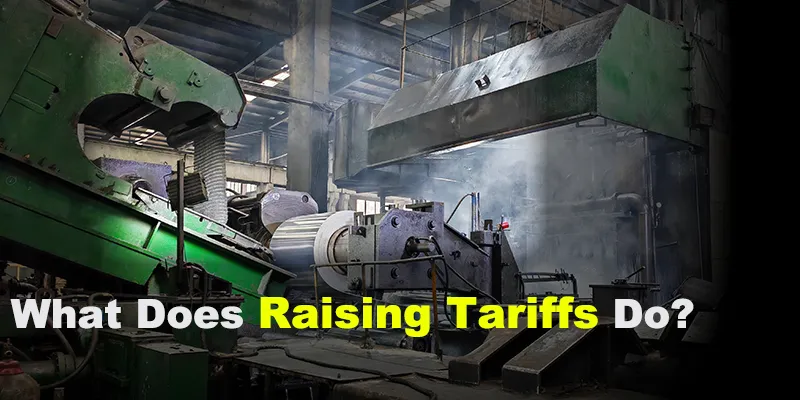
Trump’s tariff threats align with his “America First” policy, aiming to reduce reliance on Chinese imports. Boost U.S. aluminum production (though domestic capacity remains limited).
However, experts warn that China could retaliate with its own tariffs, leading to a lose-lose scenario for both economies.
Chinese Aluminum Exporters Responses
- Product Diversification: Shift focus to high-margin alloys (e.g., aerospace-grade 7075 discs). Expand aluminum foil container sales to Southeast Asia and Europe, where tariffs remain lower.
- Nearshoring Partnerships: Build JVs in Mexico or Vietnam to bypass direct tariffs. Monitor risks linked to Mexican peso falls as Trump’s tariff threats raise USD/MXN.
Schlussfolgerung
Trump’s proposed tariff hikes pose a serious threat to China’s aluminum exports, particularly for sheet, foil, discs, and彩铝. While “tariffs are designed to raise money for the government”, their broader impact includes higher consumer prices, supply chain disruptions, and potential trade wars.

